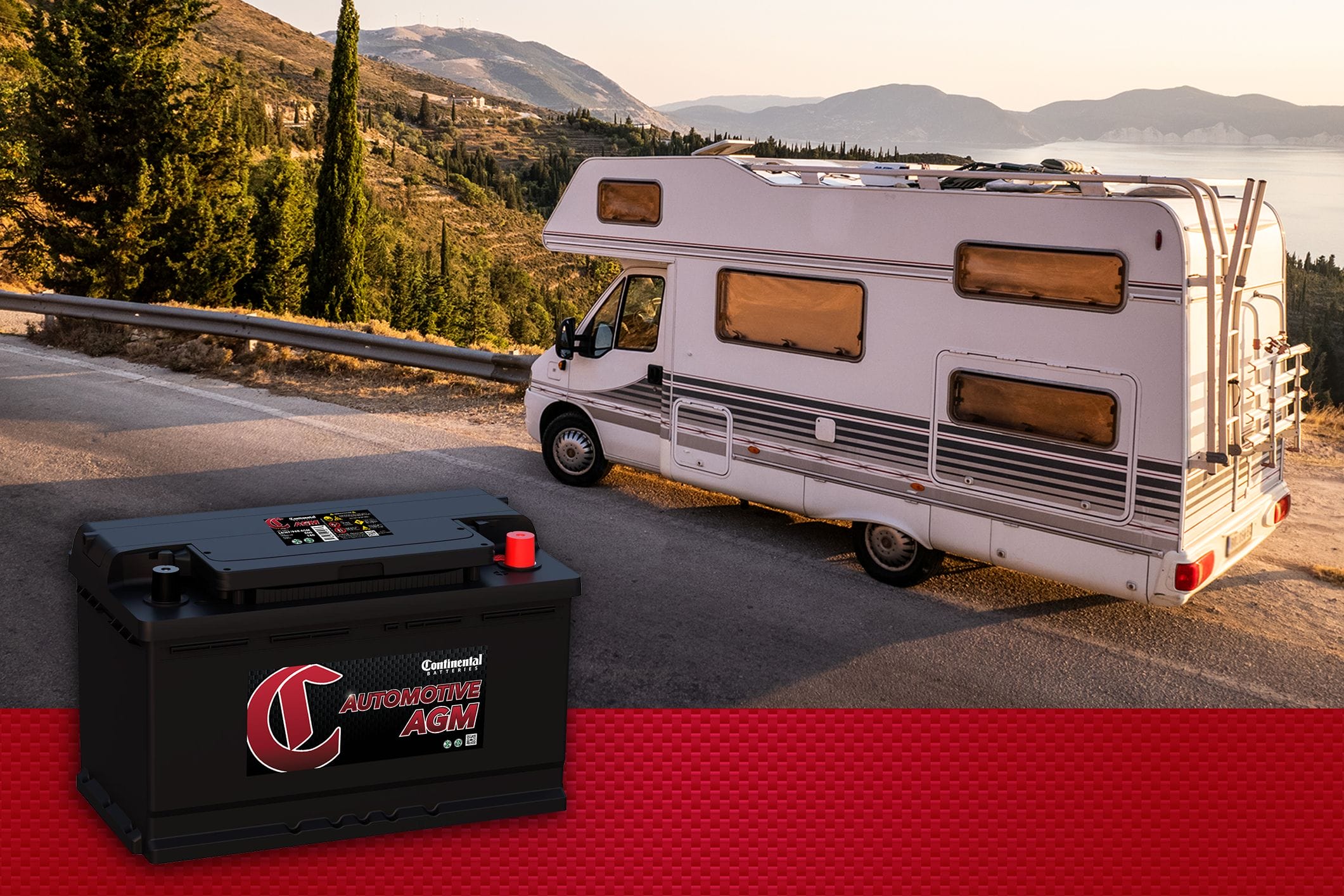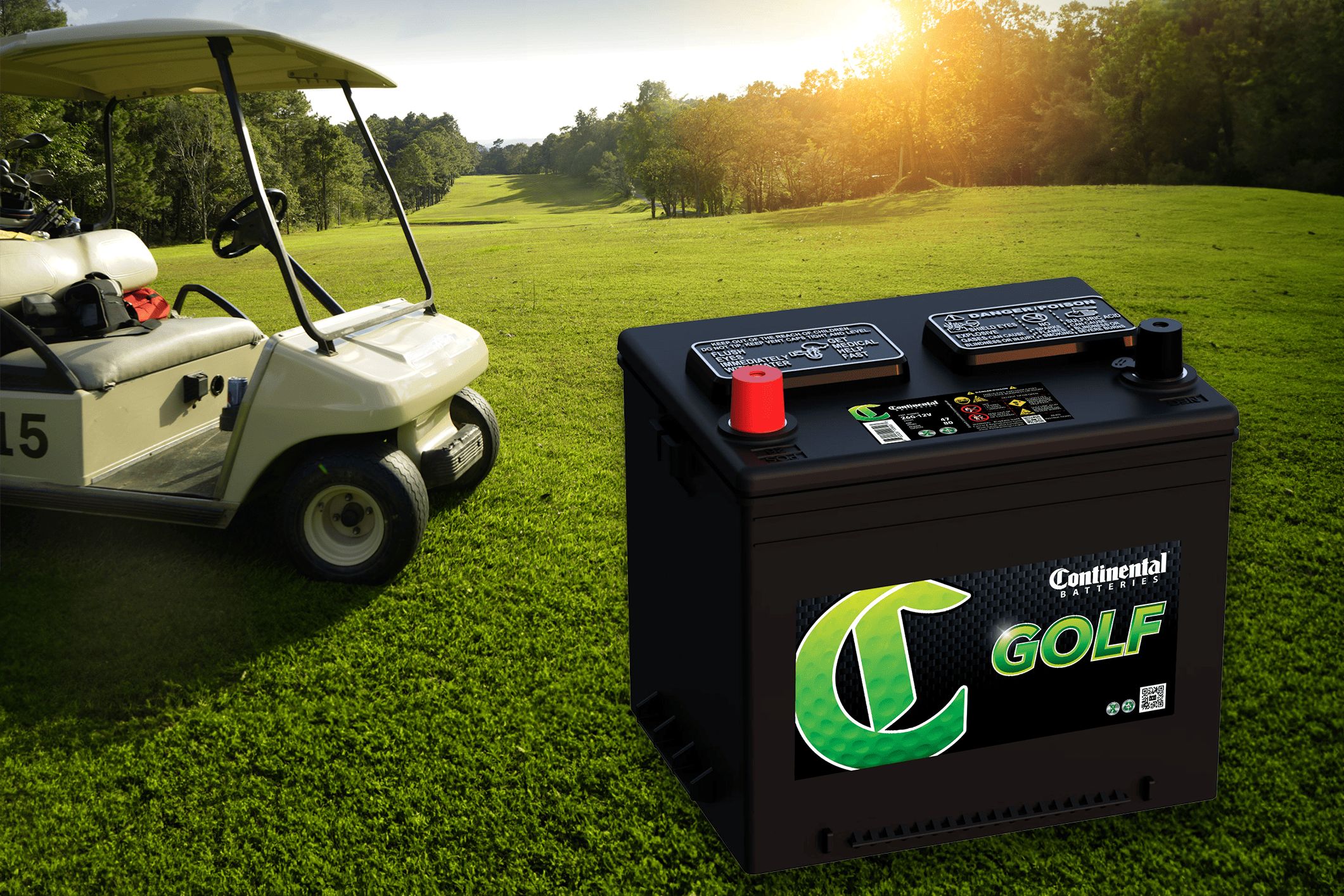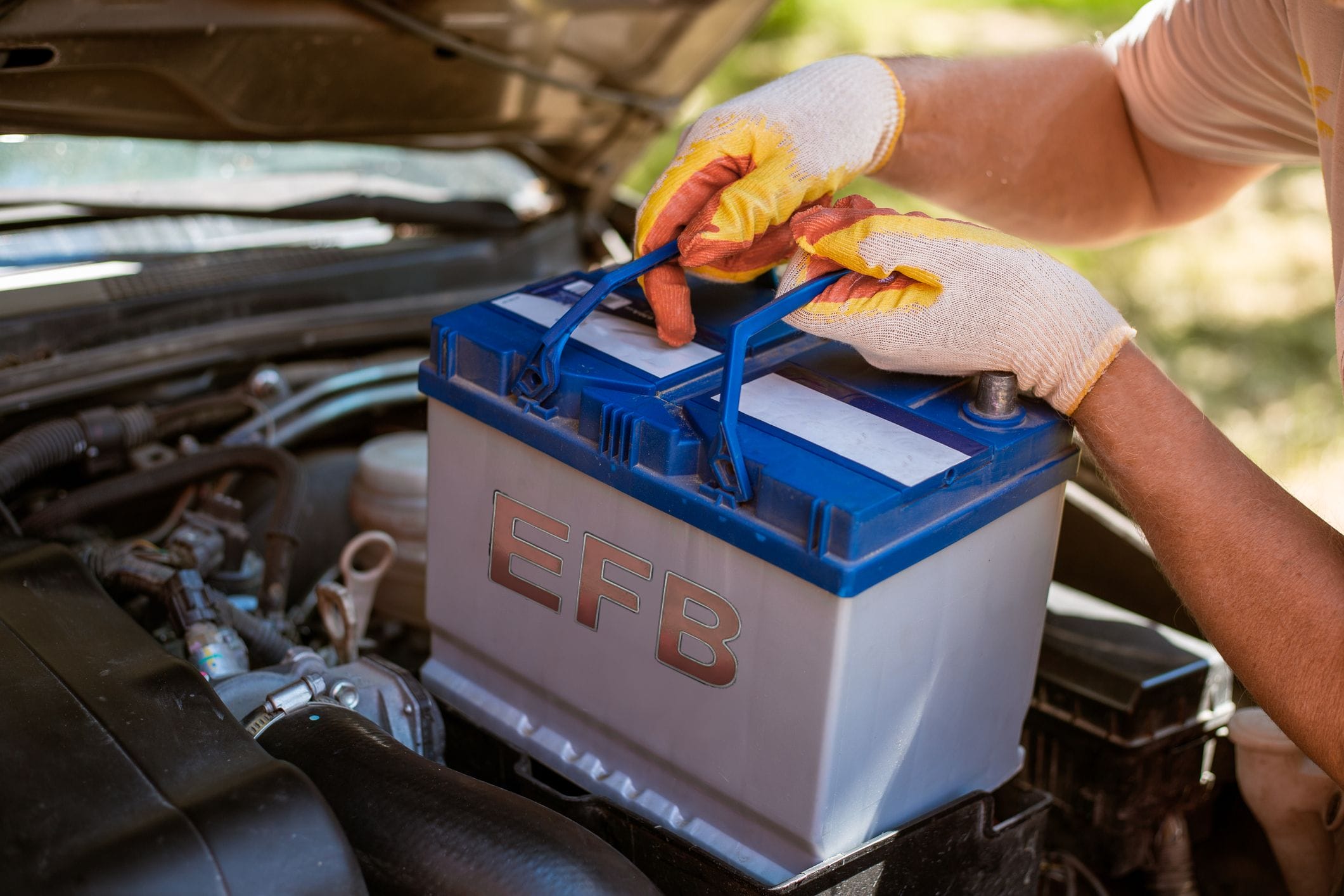
The weather is warming, and for a certain group of outdoor enthusiasts, that means just one thing: It’s golf cart season! By some estimates, Americans buy more than 100,000 golf carts each year. And cruising isn’t limited to the greens. Consumers use golf carts to get around the neighborhood, tool down to the beach or lake, do light work around their properties, and so much more.
Whether you maintain a fleet of golf carts or sell the batteries that keep them moving, it’s essential to understand how to care for and maintain these increasingly popular vehicles — and that starts with the battery. In this post, we will explore various ways to keep your golf cart batteries in good working condition and ensure your customers can get the most out of their carts all season long.
From charging tips to maintenance schedules and more, here are the best ways to keep your golf cart battery in optimal condition.
Golf Cart Batteries: The Basics
In broad terms, a golf cart battery is a battery specifically designed for use in golf carts. Golf cart batteries are deep cycle, meaning they are designed to be regularly discharged and recharged. The most common golf cart batteries are lead-acid. These come in flooded (FLA), absorbed glass mat (AGM) and gel varieties. Lithium-ion batteries are becoming increasingly popular for golf carts as well.
Golf cart batteries come in 6-volt, 8-volt and 12-volt capacities and are sold in groups by voltage (24, 36 or 48). A cart’s voltage and capacity requirements will vary depending on the cart manufacturer or the aftermarket installations. Some specialty carts can support 36-, 42- or 72-volt packs, but the average golf cart requires 48 volts of battery power to operate. Is it wiser to recommend customers buy a pack made up of eight 6-volt batteries or four 12-volt batteries? The answer is it depends. Each combination has benefits and drawbacks.
6-volt golf cart batteries are known for their long range and good run time. A cart with 6-volt batteries can run for 164 minutes at 56 amps. They also have the lowest depth of discharge. On the downside, you need more cells to power your cart, and they tend to be slightly more expensive upfront.
8-volt golf cart batteries come at a lower initial cost than 6-volt batteries. They’re lightweight, require less installation time and can store more energy in a smaller space. However, 8-volt golf cart batteries have a lower range, averaging 128 minutes at 56 amps before needing recharging.
12-volt golf cart batteries are the most affordable option and the lightest. However, they deliver the lowest runtime — 110 minutes at 56 amps — and have the highest depth of discharge. The biggest pro for 12-volt batteries is that you’ll need fewer packs to power your golf cart, meaning less installation time.
How to Care for Your Golf Cart Battery
Regular maintenance and care will prolong the life of your batteries and reduce the need for costly replacements. To keep your golf cart batteries in top shape and ready for customers, there are a few things to do both during the season and in the off-season.
At the Start of the Season
- Check each battery for signs of wear, including bulging or cracks in the casing.
- Clean the terminals and cable connections with a wire brush and baking soda solution to remove any corrosion.
- Inspect and tighten battery connectors and vent caps.
- Test the battery's voltage with a multimeter to ensure it is holding a full charge.
- Check the manufacture date on the battery, and consider replacing it if it’s more than three years old.
Throughout the Season
- Charge golf cart batteries fully after each use. Use a battery charger that matches your battery pack, and let it complete a full charge cycle according to the manufacturer's instructions.
- Never run your battery down to zero charge. Letting the battery run too low can shorten its lifespan.
- Continue to visually inspect batteries for signs of damage or signs of corrosion and clean as needed.
- Test the battery’s voltage regularly with a multimeter to ensure it holds a full charge.
- Store batteries in a cool, dry place to prolong their life.
At the End of the Season
- Remove the batteries from the golf carts and clean the terminals and cable connections.
- Store the batteries in a cool, dry place and cover to protect them from dust and moisture.
- Avoid storing in freezing temperatures and where there’s a risk of direct exposure to heat sources, like a space heater or radiator.
- Charge batteries every three months during the off-season to maintain their health.
- Consider using a battery charger or maintainer with an advanced storage mode feature for automatic charging in the off-season.
Avoid discharging golf cart batteries completely or even going above 80% discharge. This will help prolong the life of the batteries. Periodically testing the batteries using tools like a hydrometer or voltage tester helps to monitor their state of charge and detect any issues in the battery's performance. The hydrometer measures the electrolyte solution’s specific gravity, which indicates the state of charge. Imbalances in the readings can signify equalization needs or a bad cell. Voltage tests can detect a bad or weak battery, and load testing can identify a weak battery if other methods fail. Weak batteries can cause companion battery failure, so it's crucial to address them promptly. It's also a good idea to keep a record of the battery voltage for future reference, especially when managing a fleet.
When to Replace Golf Cart Batteries
How long do golf cart batteries last? Depending on the type of battery and how it's used, golf cart batteries have an average lifespan of three to five years. Of course, proper maintenance can extend that timeframe, but eventually, you’ll need to replace them. Signs it's time to replace your golf cart battery include:
- Reduced capacity. Your golf cart doesn’t seem to have as much power as it used to, or takes longer to reach full charge.
- Swelling or leakage from the battery. This means it should be replaced immediately
- Shortened run time. If your golf cart’s run time has shortened significantly, it could be a sign the battery is not holding a charge as well as it used to.
- Low or uneven voltage reading. This could be an indication of a failing battery.
Golf cart batteries are designed to work together as a pack, with each cell working to provide power to the entire system. Therefore, replacing just one or two cells in the pack causes an imbalance, reducing overall performance and potentially causing premature failure.
How to Care for Your Golf Cart
Healthy batteries are critical for keeping your fleet up and running, but that doesn’t mean you can neglect the cart. Here are a few tips for caring for your golf cart fleet that can ensure everything is in top condition:
- Tires. Keep tires properly inflated. Underinflated tires can increase the load on the battery and reduce its performance and lifespan.
- Brakes. Regularly check and maintain golf cart brakes. If they become worn or dirty, they increase the motor's load, putting extra strain on the battery.
- Overloading. The average golf cart is designed for towing between 500 and 1,200 pounds, depending on the number of seats. Overloading it puts stress and strain on the cart.
- Proper use. Make sure your clientele is using golf carts as intended. Rough or dangerous driving behavior stresses the cart — not to mention the safety concerns for the humans onboard.
Understanding how to care for and maintain your golf cart batteries is the best way to get optimal performance and longevity. By following these guidelines, you can ensure that your customers enjoy their golf carts all season long.







